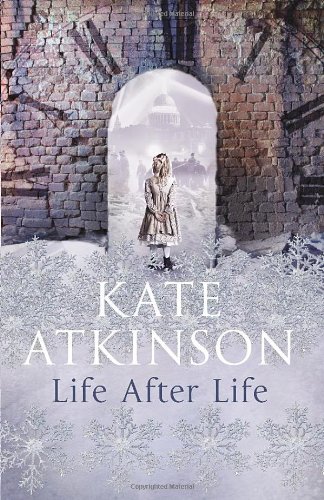Life After Life
Ursula Todd is born in February 1910 to a comfortable middle class family in the ease and seemingly unending stability of England’s Edwardian era. But Ursula is indeed a very singular female, in that she has been given the dubious privilege of her life re-starting if, and whenever, her previous existence ends in discomfort and death. As she grows up, Ursula becomes vaguely aware of these past experiences; her sense of déjà vu is very strong, and she learns how to avoid certain warning signs that caught her out before and plunge her back to reset her life. Ursula lives through two world wars, and the tragedies and joys of her large family, together with her active involvement as an adult in the Second World War, form the foundation of the storyline.
The plot is clearly fantastical, and the premise initially seems rather dubious, given that the reader is taken back on numerous occasions to new starts in Ursula’s existence and the different trajectories that her life takes. But the novel works beautifully, for two main reasons. Firstly, it is narrated in such a superbly engaging way that the reader is wholly absorbed into the plot and the characters. There is a considerable amount of dry, understated humour, together with a highly literate content. Secondly, Kate Atkinson uses the plot device to demonstrate how the choices we make, even those that seem wholly marginal and insignificant, can have such a profound impact upon one’s life and the lives of many others, and how happiness on earth can depend upon the fulcrum of seeming minutiae.
The historical content is excellent – the warm nostalgia of pre-Great War England and life in the 1920s through to World War Two has that compelling sense of legitimacy which comes with excellent writing. A lovely novel.










